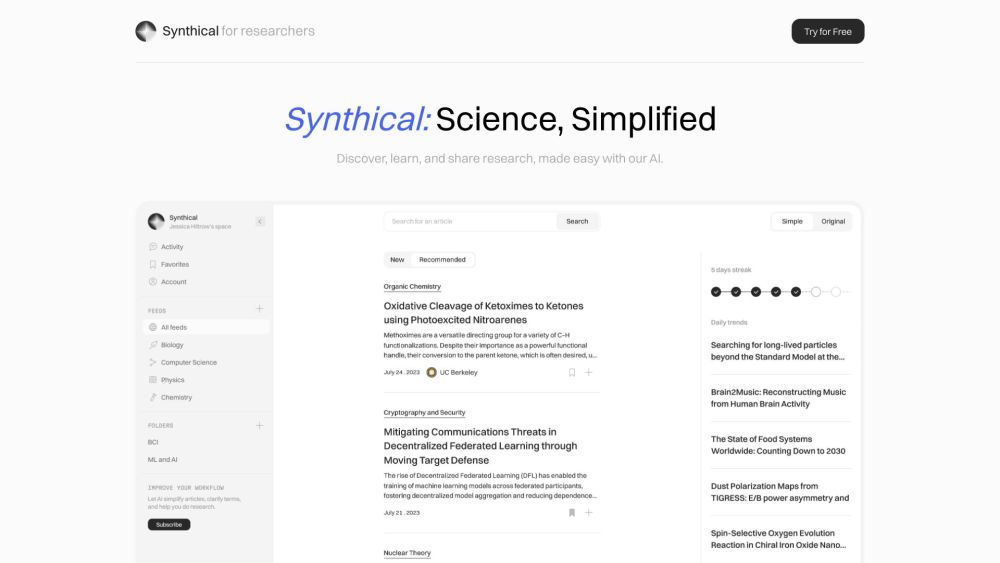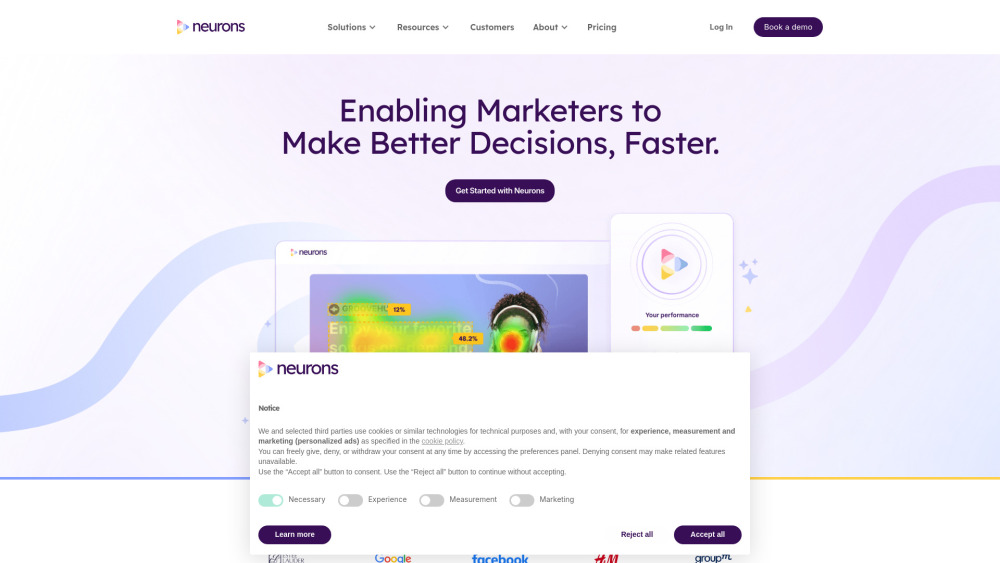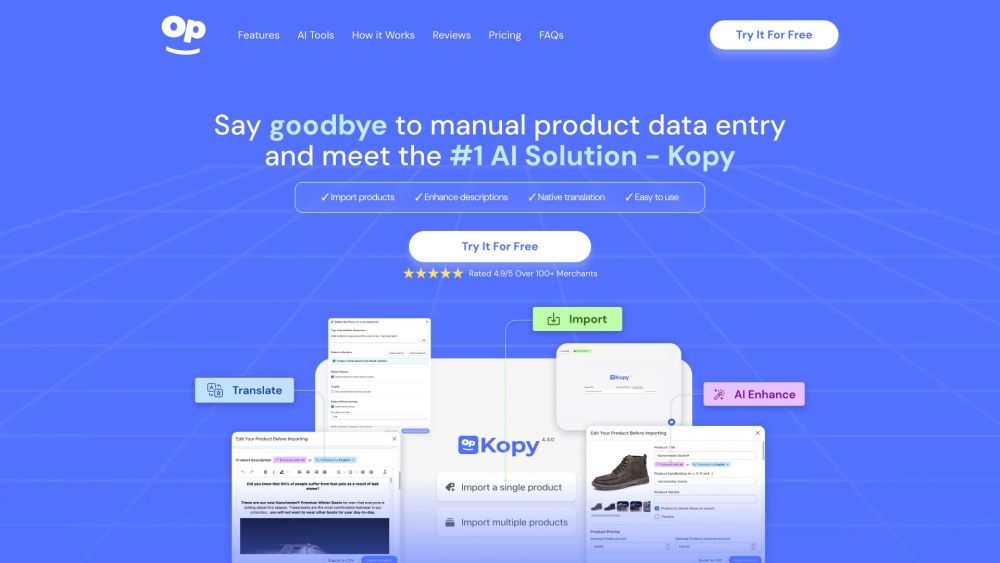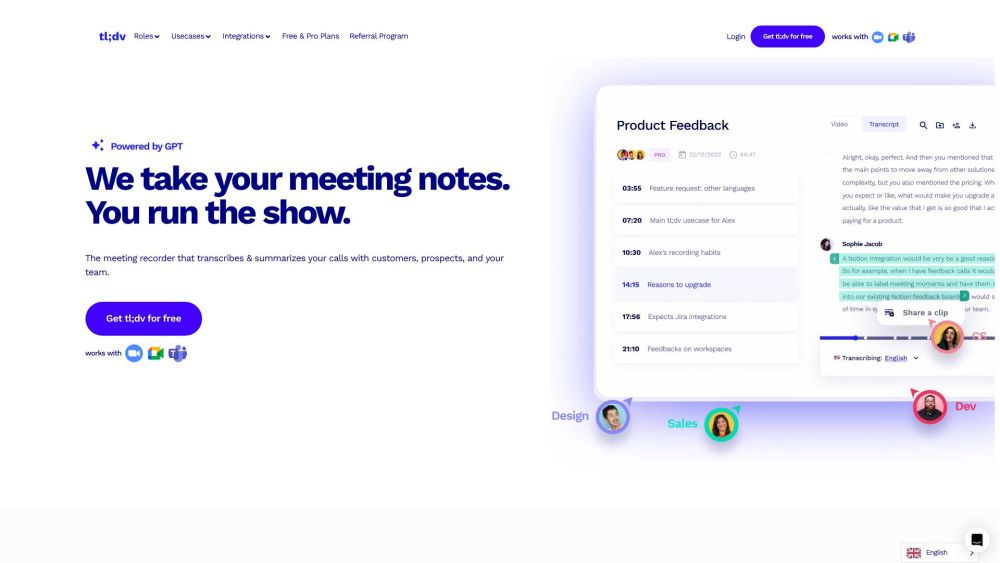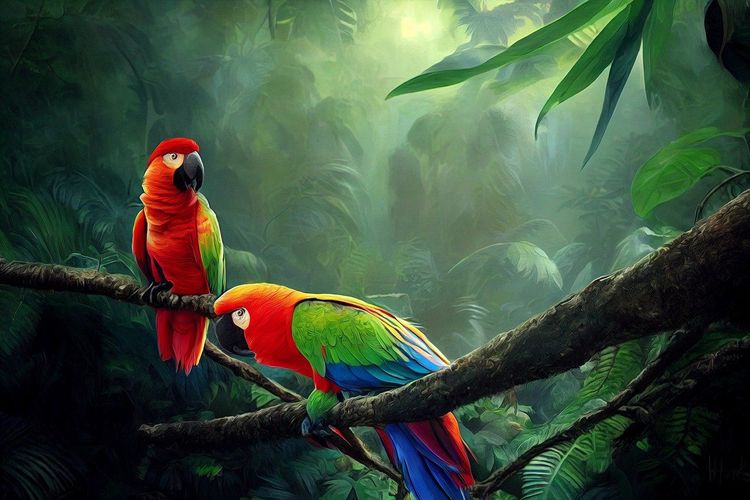Recent advancements in digital watermarking are shaping the future of content creation. At the Build 2023 Developer Conference, Microsoft unveiled plans to implement a feature that will allow users to determine if images or videos produced by Bing Image Creator and Microsoft Designer are AI-generated.
Launched in March 2023, the Bing Image Creator enables users to create art with simple text prompts. Following this, Microsoft introduced Microsoft Designer in April, a tool for crafting blog posts, websites, and various projects, all powered by AI. This new technology will leverage cryptographic methods to mark and sign AI-generated content, embedding metadata about its origin. While it will support "major image and video formats," specific formats have yet to be disclosed.
Microsoft's initiative aligns with similar movements from other tech leaders, including TikTok, Google, and OpenAI. At its 2023 Developer Conference on May 12, Google announced that every AI-generated image will be embedded with an invisible watermark. This watermark, although not visible to users, can be detected by software such as Google Search, alerting users to the AI origins of the images.
On May 9, TikTok introduced guidelines for identifying AI-generated content, emphasizing the importance of transparency for public awareness. The platform seeks to establish standardized metadata to help content platforms recognize AI-generated materials. TikTok's guidelines outline specific styles and placements for watermarks, ensuring users are informed about the origins of the content they encounter.
OpenAI is also moving towards watermarking within ChatGPT, aiming to prevent potential misuse of the AI model.
These initiatives highlight a growing trend towards transparency in AI-generated content, fostering a better understanding of the technology's capabilities and limitations.
